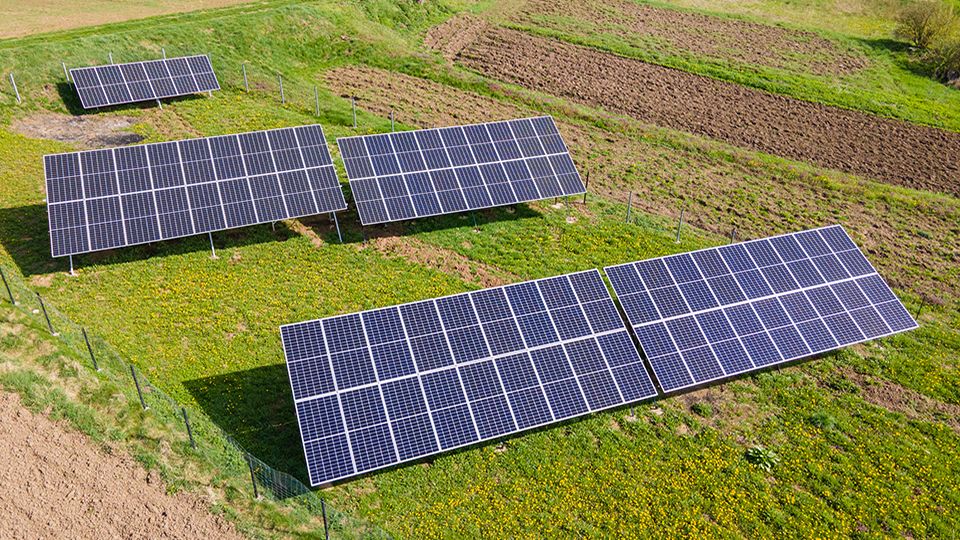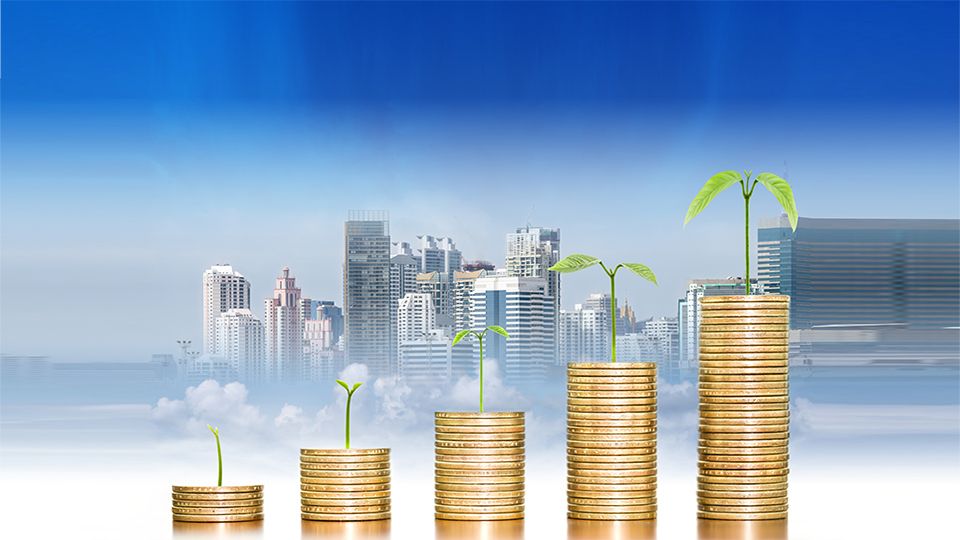The costs for committing to net-zero targets over the next 30 to 40 years are becoming clear for China, Japan and South Korea, with the transport sector alone expected to require $12.4trn in investment. And this is a relatively small part of the transition process.
However, spreading this expenditure over several decades will make the sum more manageable – 0.6% of current GDP per year for Japan and South Korea, and 1.8% for China, according to new research by ING.
The report from the Dutch financial group comes as China, Japan, and South Korea set their sights on reaching net-zero despite currently accounting for about two-thirds of total Asian emissions.
“Making pledges and actually doing what is necessary to achieve net-zero carbon are not the same things. By looking at transport – just one part of China, Japan and South Korea’s transition – we can begin to capture a sense of the daunting scale of what lies ahead,” Rob Carnell, ING regional head of research for Asia Pacific, said.
A sign of things to come
Notable from the research is that transport only accounts for 20% to 30% of total energy consumption in these North-east Asian economies.
Even so, ING believes these targets are achievable, although any delays now could put them out of reach going forward.
China is the world’s biggest emitter of carbon dioxide. The country’s increasingly upper middle-income economy is becoming a mass market for technology manufacturing, and it has the biggest fleet of electric vehicles in the world despite still being heavily reliant on fossil fuels. The environment, however, is becoming an ever more important political priority.
“We cannot underplay the gulf between the net-zero carbon goals and the paths set out to achieve those goals,” added Carnell.
“Most governments have barely scratched the surface on tackling the transition and the path ahead will no doubt lead to considerable disruption for existing industries. However, there is also the possibility that this process can help reinvigorate stagnating economies and – if time is not wasted now – this is still a manageable prospect.”
According to the Chinese government’s 14th Five Year Plan, which provides detailed targets on greening the economy for 2021-2025, Beijing is it set to reduce CO2 emission by 18% by 2025.
The transport transition in China will amount to 1.8% of GDP per year through to 2060 as the country remains heavily reliant on fossil fuels. Growing domestic rail transport demand will require an additional 344GW of capacity at a cost of $2.9trn, equivalent to 0.49% of GDP in 2020 terms each year over 40 years. Elsewhere, the maritime and aviation sector’s reliance on fossil fuels until 2050 will likely require a carbon capture offset or other mitigation efforts to achieve the net-zero goal.







